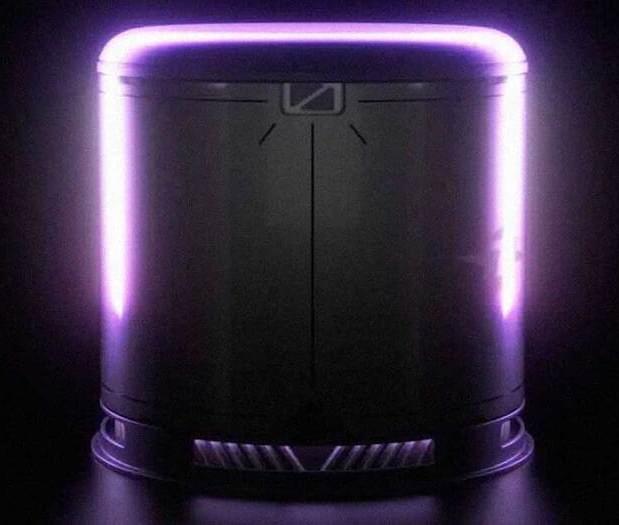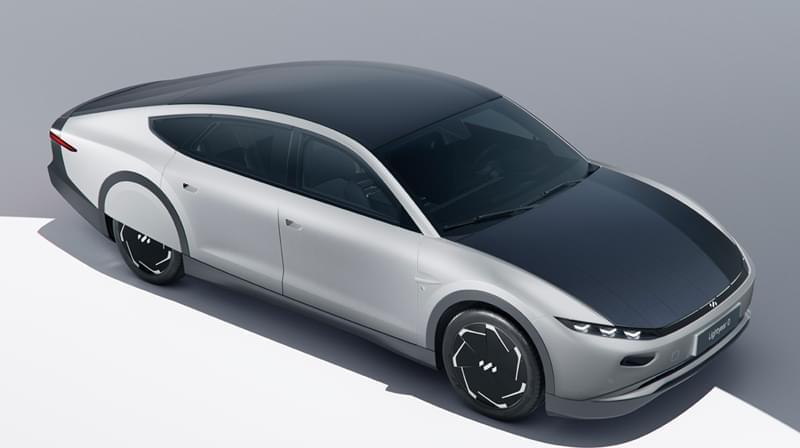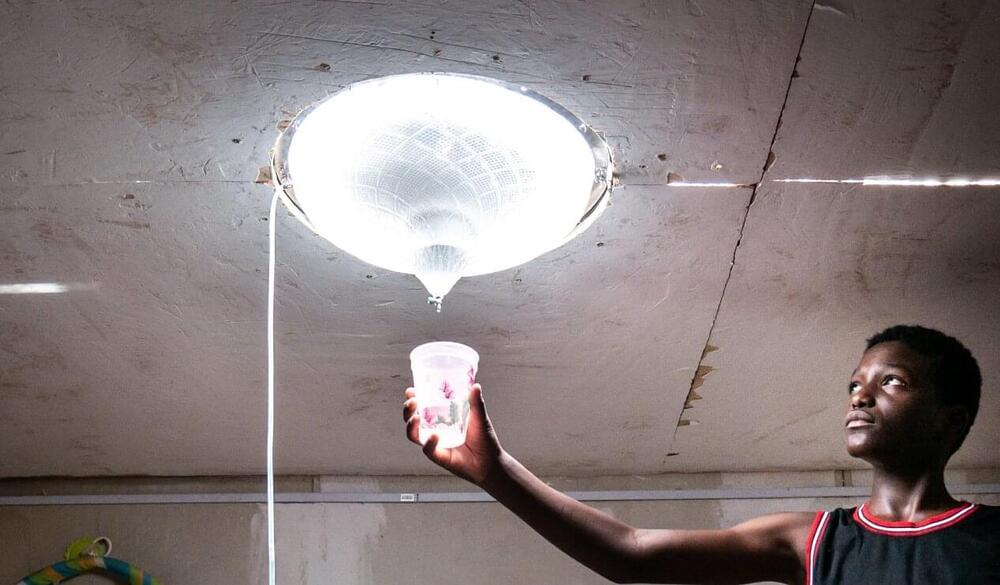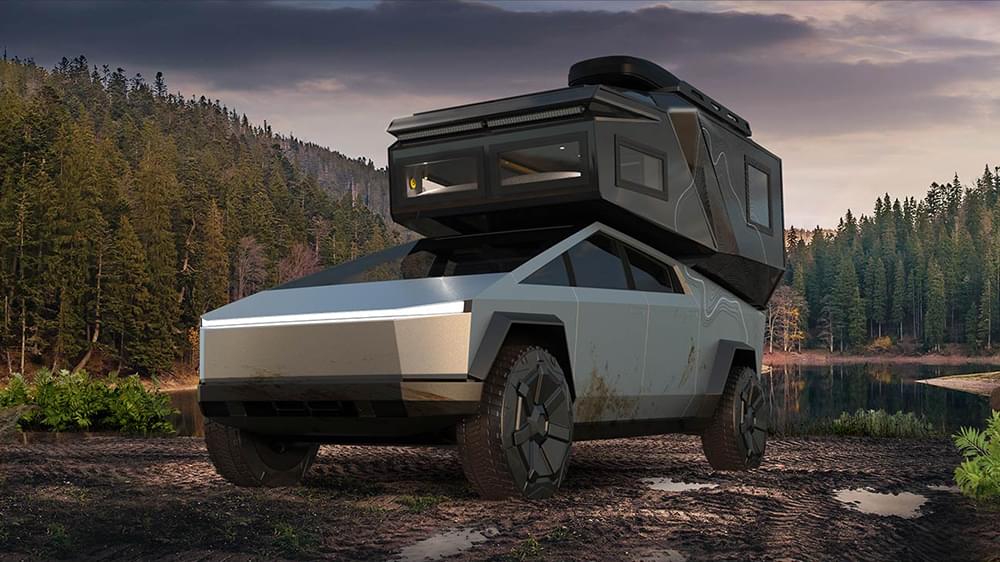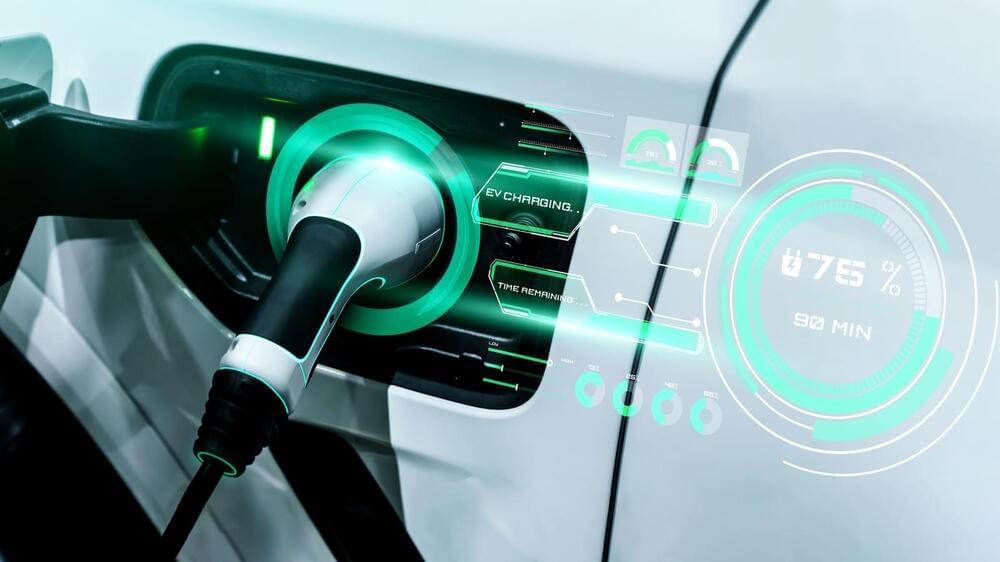Jun 28, 2022
If the Ocean Continues to Warm, Fish May No Longer Be on the Menu
Posted by Dan Breeden in categories: climatology, existential risks, sustainability
Climate change is already had a serious impact on global food production — from making food less nutritious to messing with the growing season of plants, to even pushing some crop species towards extinction. On top of that, the world’s oceans are already stressed by overfishing, with over 70 percent of the world’s fish stocks fully exploited, over-exploited, or depleted.
The combination of overuse and climate change could prove deadly for global food security. And by the time 2,300 rolls around, it will be too late to mitigate the impact of human activity on our food sources, both those on land and those under the sea.

